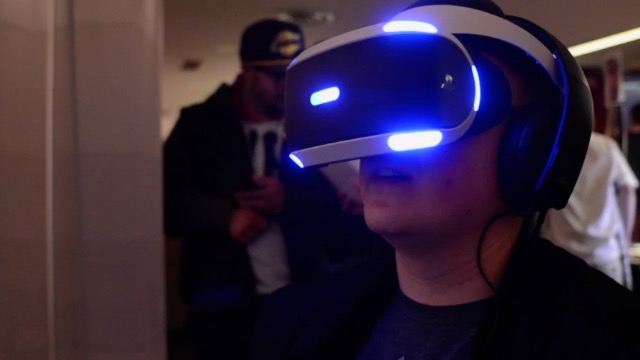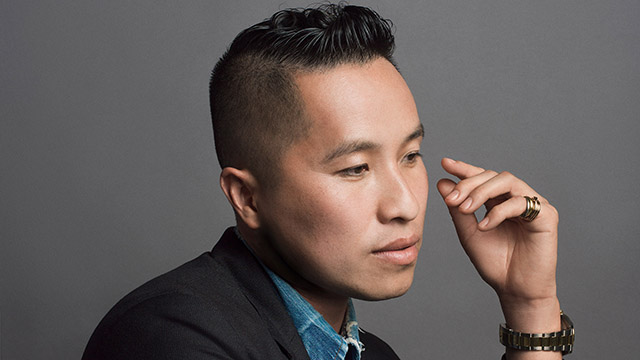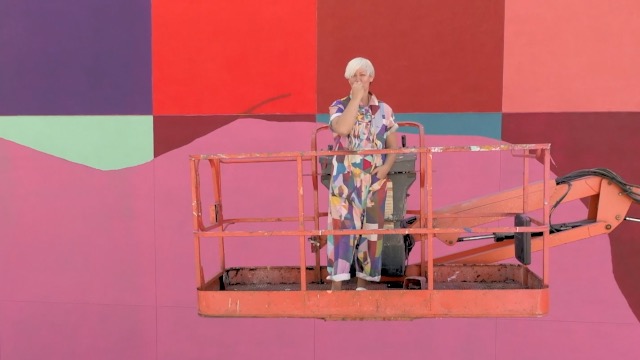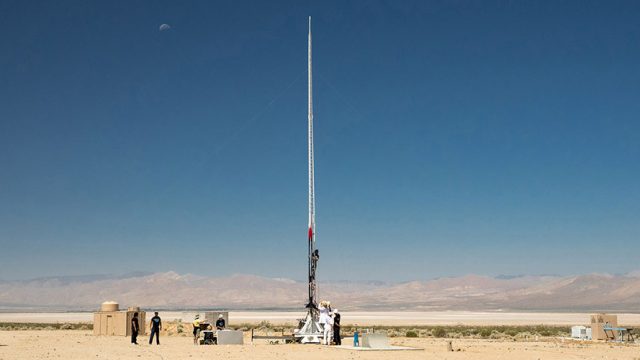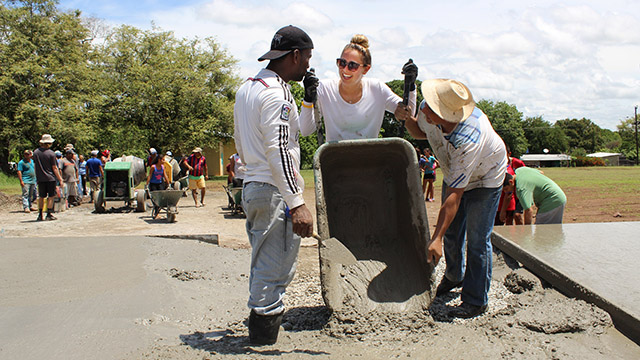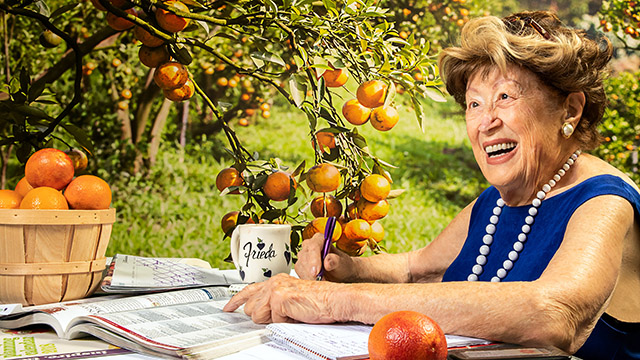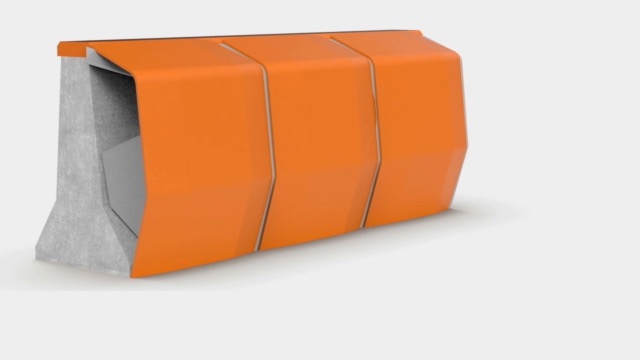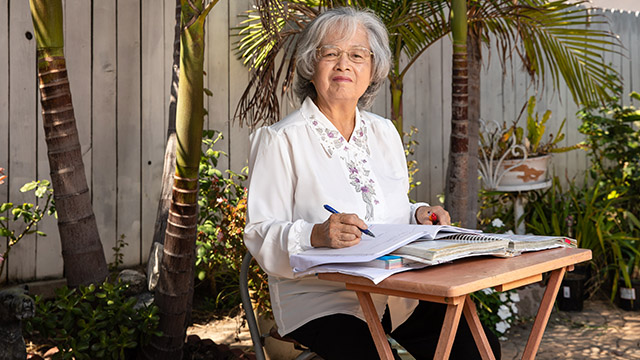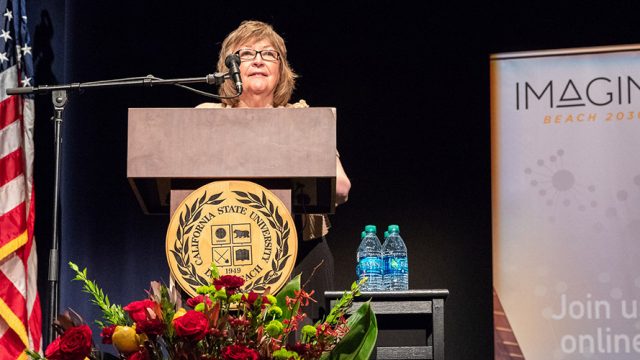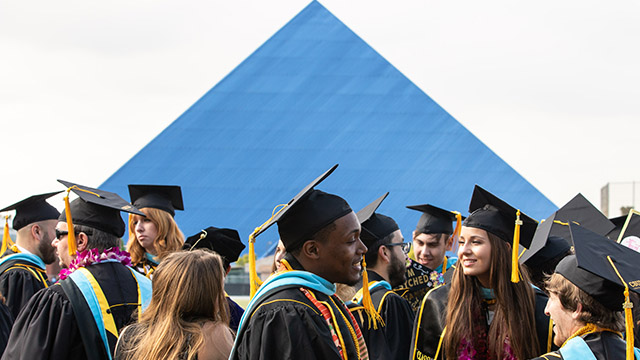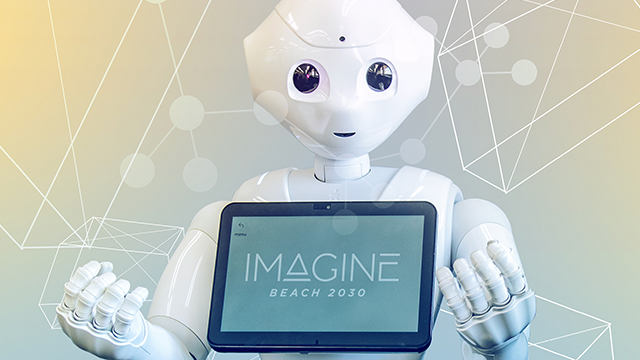News
Record Number of Applications
Applications for next academic year again reached an all-time high at Cal State Long Beach, topping more than 91,000, which was the most received by any California State University campus.
With its culturally diverse population and top business, engineering, education and international programs, CSULB also annually ranks as one of the most desirable public universities in the country. For the past two years, CSULB was the eighth-most applied to campus in the United States, according to U.S. News and World Report.

The 91,268 applications the school garnered this fall came from first-time freshmen (61,716) and transfers (29,552) and that number could push closer to 100,000 after the international students’ applications are tallied in April.
President Jane Close Conoley said CSULB has made “remarkable strides” in graduating students, noting that investing in the Cal State system is an “investment in the future.” CSULB has conferred roughly 10,000 bachelor’s, master’s and doctoral degrees the past two academic years.
In the past, more than 70 percent of students who begin CSULB as freshman have earned baccalaureate degrees, and 60 percent have done so within six years. More than 85 percent of transfer students have graduated from the Long Beach campus. Most of the applicants come from outside the Long Beach area.
CSULB has built a reputation for excellence among prospective students, who find a wide-range of degrees to choose from. The university has been ranked as one of the top schools by U.S. News and World Report (seventh-best public school) and Washington Monthly (32nd among affordable West schools).
$5.8M Grant for Hispanic and Low-Income Students Pursuing STEM Degrees

The university received its second educational grant to help boost the number of underrepresented minority students enrolled in Science, Technology, Engineering and Mathematics programs.
The five-year, $5.8 million award comes from the U.S. Department of Education’s Hispanic-Serving Institutions (HSI)-STEM and Articulation Programs grant, Sí Puedo. It is designed to help close opportunity gaps in those fields and boost bachelor’s degree attainment for Hispanic and low-income students. It will be implemented as a collaboration between the colleges of Natural Sciences and Mathematics (CNSM) and Engineering (COE).
Project director Eric Marinez, associate professor in the Department of Chemistry and Biochemistry, said the partnership will impact a significant number of students and “put them in a better position to achieve success and confidence to become scientists and engineers.”

CSULB has seen improvement in freshman and transfer graduation rates. In STEM, however, underrepresented minority students have lagged behind non-URM students with achievement gaps at 15.3 percent in COE and 8.3 percent in CNSM. In addition, first-time Latino freshman one-year retention rates are significantly lower in COE (73.1 percent) and in CNSM (56.2 percent) compared to the university overall (88.3 percent). For transfer students, the university three-year graduation rate is significantly higher at 61 percent compared to lower rates for CNSM and COE at 30 percent and 25 percent, respectively.
There still remains a significant opportunity gap within STEM over the past three years. As a result, Sí Puedo programming specifically targets first-year students by equipping them with the tools and resources to be successful.
Nationally, CSULB conferred the sixth most baccalaureate degrees on Hispanics and minority students in 2015.
Latino/Hispanic undergraduate representation at the university has increased in five years from 31 percent to 38 percent, making that group the largest ethnic population at CSULB. In the colleges in which the program is being implemented, however, Latino representation remains below one third at 32 percent in COE and 31 percent in CNSM, thus identifying the need to encourage more Latino students to pursue and complete STEM degrees.
Students Face a Kings-sized Challenge

Fists flying. Bodies checked into the boards. A scrum for the puck creating chaos on the ice. On the outside, hockey appears to be simply a large group of large players on skates fighting to score, fighting to win and sometimes just fighting.
But look a little deeper and hockey is a refined science that requires today’s players to have exceptional timing, on-point quickness, snap reaction timing and the right rest and diet. Hockey, especially at the National Hockey League level is fast-becoming an exact science, a study in data and analysis.
In an effort to determine a player’s skill sets, the Los Angeles Kings, under the supervision of strength and conditioning guru Matt Price, have taken to such computer analyses to improve the playing level. But they can’t do it alone.
With a 60-man training camp roster, measuring and analyzing all of them is time consuming and laborious for the Kings’ staff, so Price has employed Cal State Long Beach’s kinesiology department the past two seasons to help gather data before the season began. A group of 25 students spent two days at the Kings’ facility in El Segundo taking blood samples while players rode stationary bikes or measuring their jumping skills and entering them into a data base.
Price said the data will help the Kings determine a player’s weaknesses and give them information on how to improve their game.
“A year ago, when we were looking for help to facilitate our testing and evaluation, for me, it was important that we had a group that was obviously highly regarded and well positioned in their field to execute the help and direct the students,” Price said.
That led him to Google, where he searched for a local university with a highly-regarded kinesiology department. He reached out to CSULB Professor James Cotter, who quickly agreed to help.
“The students are clearly well-prepared,” Price said. “Dr. Cotter spends a lot of time with them running through our protocol and the expectation around the integrity of what we’re doing and the professionalism of what we expect is clear. So they come in very prepared and do an unbelievable job.”
Cotter, who did similar work as a graduate student at Ohio State, said the students not only count push-ups and measure vertical jumps, they gather data on how their actions translate into their performance on the ice.
“We still do a vertical jump, but instead of seeing how high they jump, we used something called a ‘force plate.’ It’s a piece of equipment that allows us to see how much force is produced at the level of the foot that comes into play on the force plates,” Cotter said. “We get a whole idea of what happens in their vertical jump, from their right leg to their left leg and how quickly they are able to push themselves off the plate.”
Sophomore Wins CSU Trustees’ Award

Mark Aquiapao applied for a dozen or so scholarships, and he got a dozen or so rejections. Except one. The most prestigious one.
Aquiapao, a sophomore computer engineering major, was one of 24 students awarded with the 2016 CSU Trustees’ Award for Outstanding Achievement, the system’s highest recognition of student achievement. He was chosen as the Cisco Systems Inc. Scholar. The scholarships are given to students who demonstrate superior academic performance, personal accomplishments, community service and financial need.
“I was hyped and surprised,” Aquiapao said. “It’s funny how the little scholarships didn’t accept me, but the biggest one did.”
For him, the $6,000 award alleviates some of the financial burden of school. His father recently retired from his job after getting his hours cut, and his mother was diagnosed with breast cancer.
“It definitely gives me more motivation for school and stuff,” he said. “It also takes the pressure off, like buying text books.”
Although only in his second year, Aquiapao is actively involved in Associated Students, Inc., and the Association for Computing Machinery Club. He hopes to work with futuristic technology, perhaps developing innovative virtual reality headsets.
University Honored with Prestigious Eddy Award
Cal State Long Beach was honored recently with the 2016 EDDY Award for its contributions to the economic development in the Southern California region.
CSULB was selected by the Los Angeles Economic Development Corporation as the educational honoree for its support in educating the workforce in key industries such as healthcare, tourism and transportation and its partnerships with institutions that benefit those and other industries.
The university also was recognized for its role in the Long Beach College Promise, an educational pathway model that creates a culture of college expectation and increases college readiness and graduation rates among Long Beach students.
President Jane Close Conoley accepted the award, thanking the LAEDC for recognizing the positive economic impact CSULB has had on the region. She said that CSULB is a direct employer of thousands of faculty, staff and students who live, work, create, and contribute to the region.
Blair Field Ready to Play Ball

Marilyn Bohl’s love of baseball goes back to her childhood days in Marble Rock, Iowa. She and her family would drive miles every summer to watch major league games in Milwaukee, Chicago or St. Louis, leaving her with some of her “most precious moments.”
It was later that she came to appreciate the finer details of the game, and the kind of work ethic that goes into producing high-caliber play.
“No one else can field the grounder for you if it’s headed to you at shortstop, or catch the fly ball that’s zooming overhead if you’re in centerfield,” she said. “No one else can swing the bat for you if it’s your time at the plate. Each player is accountable.”
Bohl found that type of work ethic at Long Beach State and has been a fan since. Her appreciation for the Dirtbag-brand of baseball is a key reason she has donated $1 million to the renovation of Blair Field, home of the Dirtbags. The 58-year-old stadium is nearing completion of a $20 million facelift with renovated batting cages, pavilion, a new bullpen and outfield fences.

The fences and bullpen are finished and the batting cages are set to be done by the time the first pitch is thrown in February, thanks in large part from donations by Troy and Darnyll Tulowitzki ($1 million) and Jered Weaver ($500,000). Evan Longoria recently donated $100,000 to the renovation project and Jason Vargas committed $100,000.
“We can all be proud of the many outstanding MLB players who honed their skills while playing baseball at Blair Field,” Bohl said.
Other notables who honed their skills at Blair Field include Danny Espinosa, Jason Giambi and Cesar Ramos. There were 13 players last season in the MLB.
Bohl said it’s important to remember that Blair Field doesn’t just serve Long Beach State but the community. Local high schools use the facility throughout the year.
“To attract top talent, we need to offer an appealing, equal to or superior environment,” Bohl said. “As stated in the baseball movie Field of Dreams, ‘If you build it, they will come.’ It’s winning teams, it’s revenue, it’s publicity for Long Beach State and for the City of Long Beach, it’s community.
“Because of a lack of attention and of investing, we’re ‘behind the curve’ at Blair Field; we have to push hard to catch up. Blair Field can strengthen the bond between the City of Long Beach and the university. In a sense, Blair Field belongs to everyone.”



